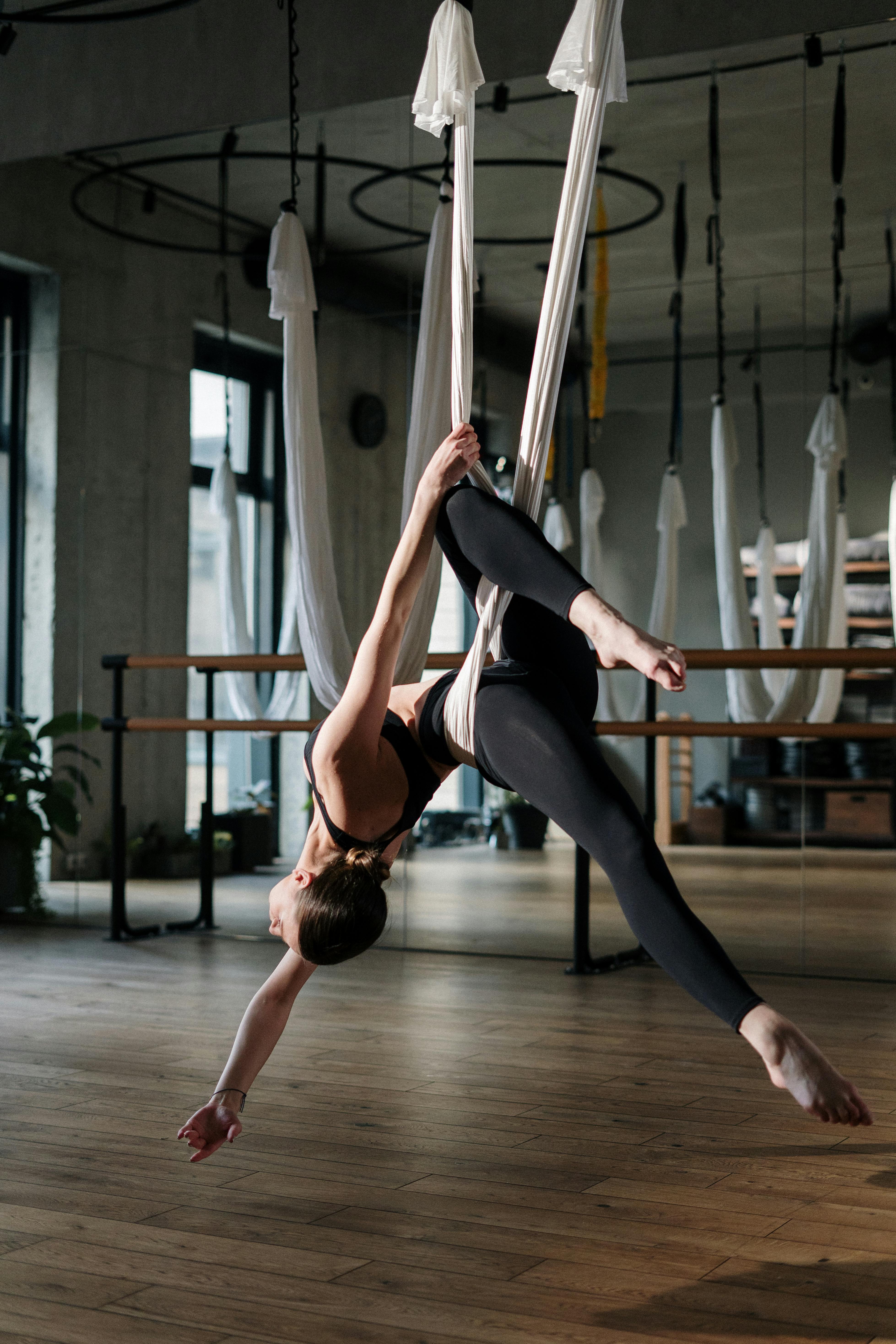Reimagining Reality: The Rise of Virtual Reality in the Arts
Introduction: Step into a world where the digital and the physical realms merge, as we explore the groundbreaking impact of virtual reality on the arts and entertainment industry. The evolution of virtual reality (VR) technology has transformed several industries, from gaming to medicine. However, its influence on the arts and entertainment landscape is often overlooked. VR has become a dynamic tool for artists, providing them with an immersive medium to express their creativity and engage audiences in unprecedented ways.

Historical Context and Key Developments
The concept of virtual reality dates back to the mid-20th century, with the advent of sensorama and head-mounted displays. However, it wasn’t until the 1980s that the term “virtual reality” was coined by Jaron Lanier, marking a significant milestone in its development. With the rise of computer technology and the internet, VR quickly evolved, offering more immersive and interactive experiences.
Current News and Updates
Today, VR technology continues to advance at a rapid pace, with companies like Oculus and HTC leading the way. Recently, the launch of Oculus Quest 2 has made VR more accessible than ever, opening up new opportunities for artistic exploration. Several museums and galleries are now offering virtual tours, while artists are creating VR installations that redefine the meaning of interactive art.
Impact, Significance, and Reception
The embrace of virtual reality in the arts has had profound implications. It has allowed artists to transcend traditional boundaries, creating multi-sensory experiences that engage audiences on a deeper level. Moreover, VR has democratized access to art, making it possible for people around the world to explore renowned museums and galleries from the comfort of their homes. The reception to these developments has been overwhelmingly positive, with critics lauding the innovative and immersive nature of VR art.
Future Prospects
As VR technology continues to evolve, its potential for artistic expression seems limitless. Artists are only beginning to scratch the surface of what’s possible, experimenting with new techniques and pushing the boundaries of creative expression. The fusion of art and technology promises to usher in a new era of creativity, transforming the way we experience and engage with the arts.
In conclusion, the rise of virtual reality has revolutionized the arts and entertainment industry, offering fresh perspectives and immersive experiences. As we step into this new digital landscape, we can look forward to a future where art is not just seen or heard, but truly lived.




